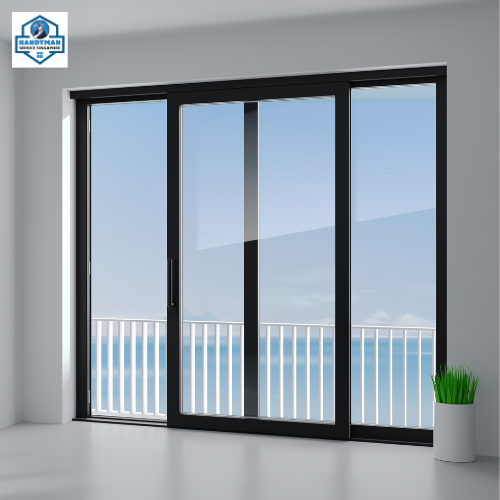
Smooth Transitions: A Guide to Sliding Door Roller Replacement
Publish date - 30/01/2024
Introduction:
Sliding doors are a wonderful addition to any home, providing both aesthetic appeal and functional convenience. However, over time, the smooth glide of your sliding doors may become compromised due to wear and tear on the rollers. When your sliding door starts to stick or make unpleasant grinding sounds, it's a clear sign that it's time for a roller replacement. In this guide, we'll walk you through the process of replacing sliding door rollers to ensure your doors continue to operate seamlessly.
Why Replace Sliding Door Rollers?
Sliding door rollers play a crucial role in the functionality of your doors. They support the weight of the door panels and enable them to slide effortlessly along the tracks. Over time, exposure to the elements, dust, debris, and general use can cause these rollers to wear out. Replacing them can restore your door's ease of operation and prevent further damage to the tracks and door frame.
Tools and Materials You'll Need:
Before you start the replacement process, gather the following tools and materials:
- New sliding door rollers
- Screwdriver
- Pry bar
- Adjustable wrench
- Safety glasses and gloves
- Replacement screws
- Lubricating oil
- A helper (optional)
Step-by-Step Guide to Sliding Door Roller Replacement:
1. Safety First: Put on safety glasses and gloves to protect yourself during the replacement process.
2. Remove the Door:
a. Lift the sliding door panel slightly to take its weight off the rollers.
b. Locate the adjustment screws on the bottom of the door (typically at the corners). Use a screwdriver to loosen and remove these screws.
c. Carefully slide the door off the track with the assistance of a helper if needed.
3. Access the Rollers:
a. Inspect the bottom of the door to identify the rollers. They are usually held in place by screws or brackets.
b. Use a screwdriver to remove the screws or pry off the brackets securing the rollers.
4. Replace the Rollers:
a. Take out the old rollers and replace them with the new ones.
b. Secure the new rollers in place using the screws or brackets.
5. Lubricate the Rollers:
a. Apply a generous amount of lubricating oil to the rollers to ensure smooth operation.
6. Reinstall the Door:
a. Lift the door and carefully place it back onto the track.
b. Reattach the adjustment screws on the bottom of the door.
c. Adjust the screws to ensure the door is level and slides smoothly.
7. Test the Door: Slide the door back and forth to ensure it moves effortlessly along the track. Make any necessary adjustments to the rollers or screws if needed.
Conclusion:
Replacing the rollers on your sliding door can be a relatively simple DIY project that restores the functionality and longevity of your door. Regular maintenance and prompt replacement of worn-out rollers can prevent more extensive and costly repairs down the line. With the right tools and a little patience, you can enjoy the smooth operation of your sliding doors for years to come.